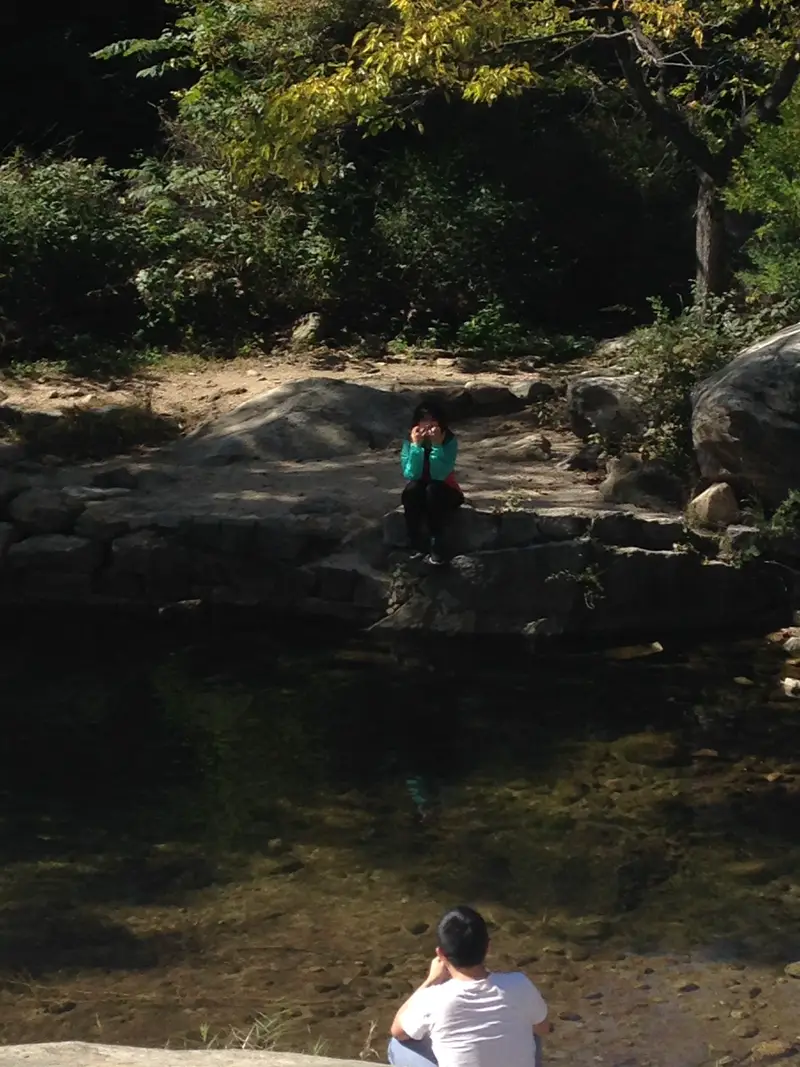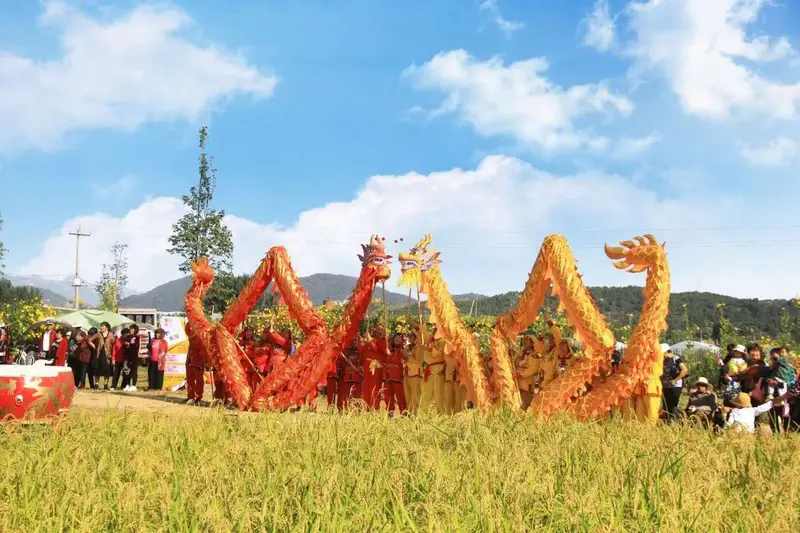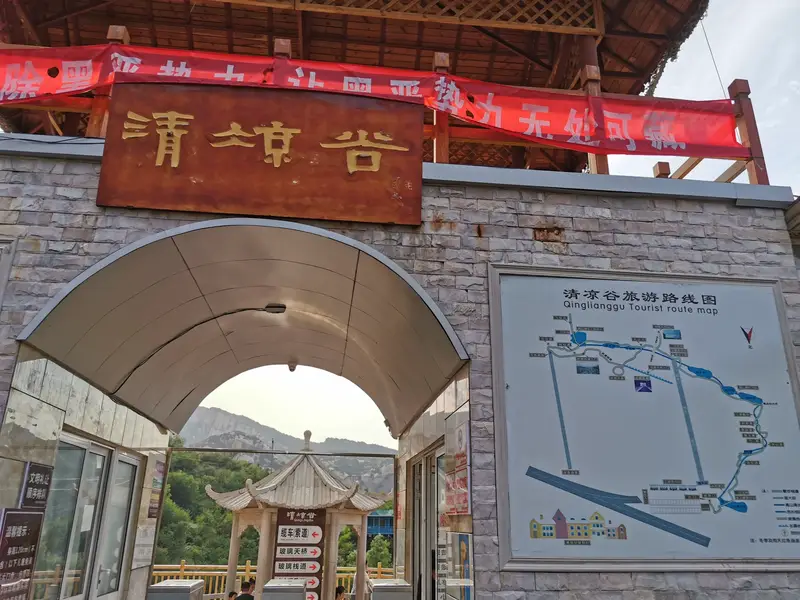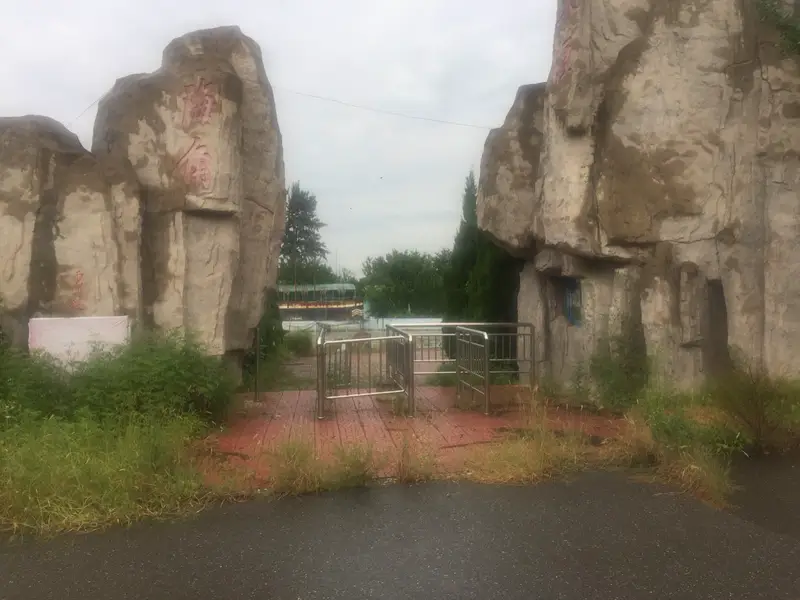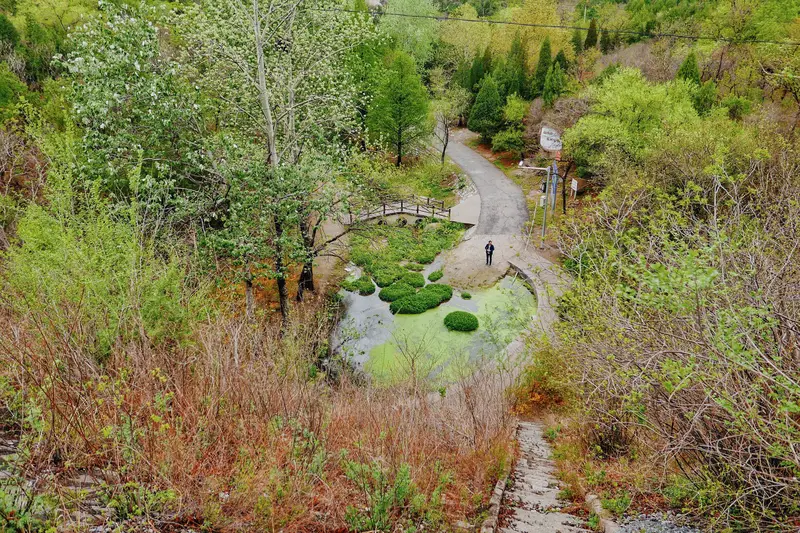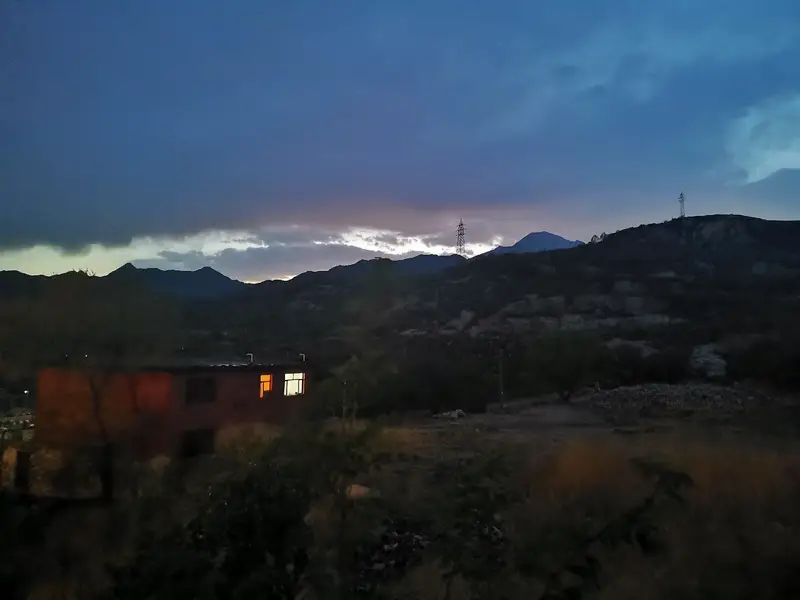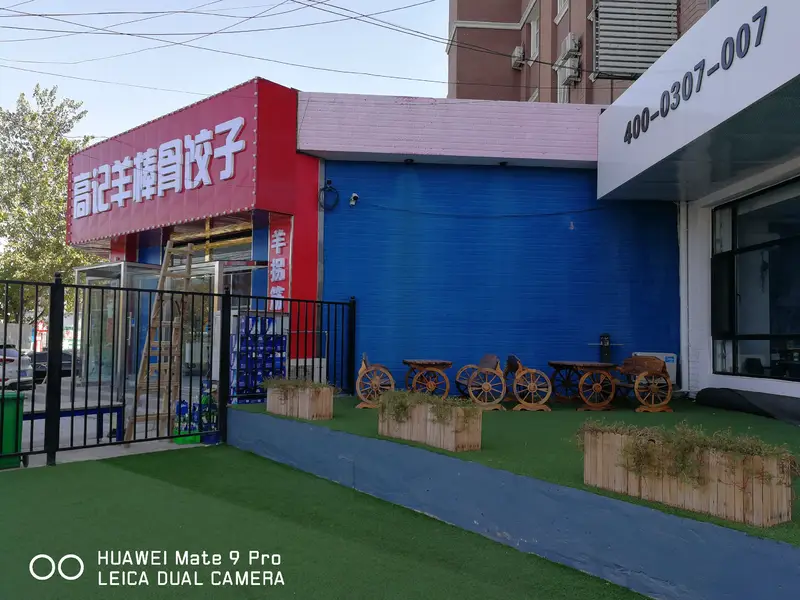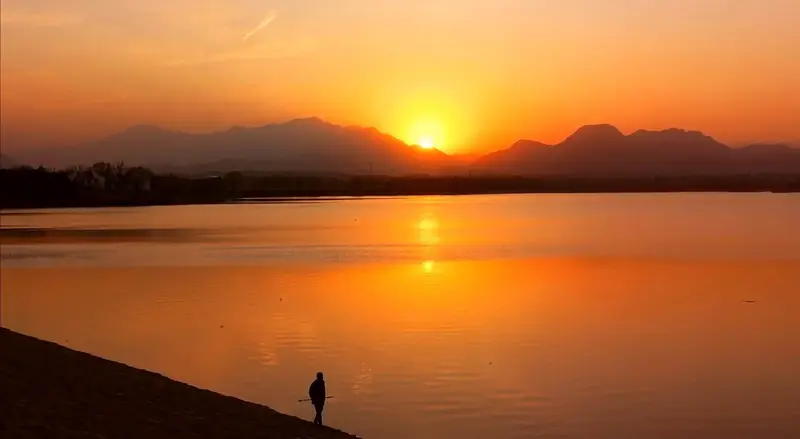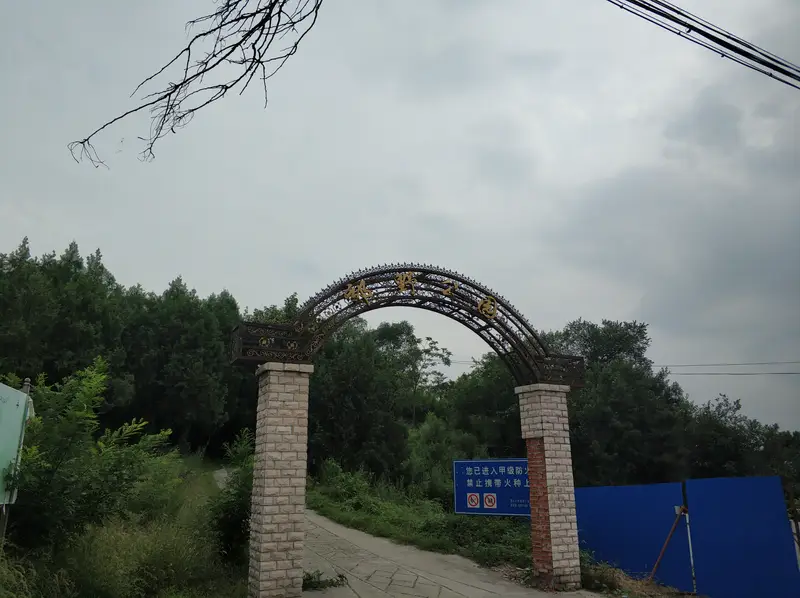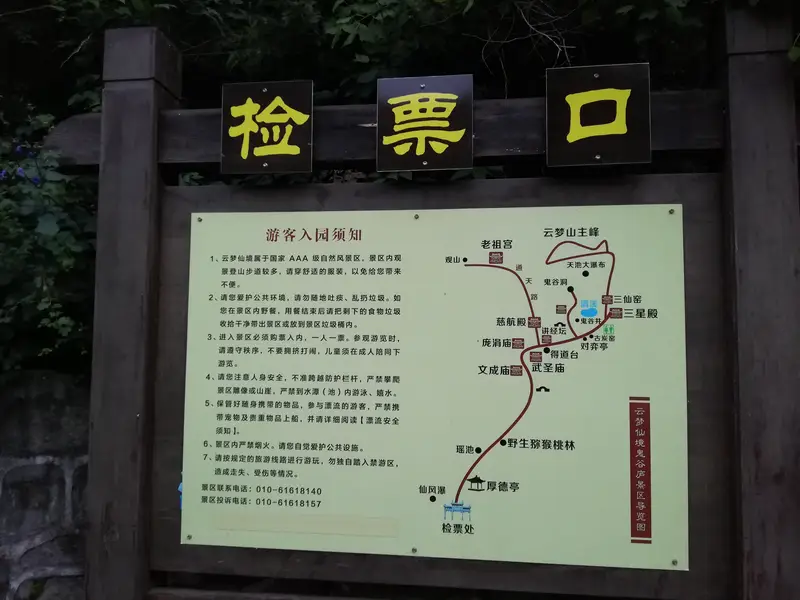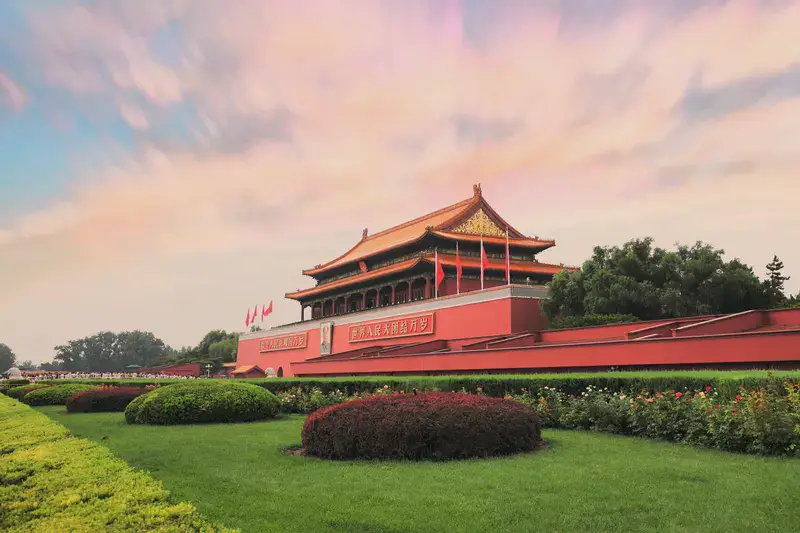Tiger Cave Pool, nestled within Yunmeng Mountain National Forest Park in Miyun District, Beijing, is a hidden gem for adventure seekers. Located about 130 kilometers northeast of downtown Beijing, it’s part of the sprawling Yunmeng Mountain range, which remains less crowded compared to Beijing’s more famous spots. To get there, you’ll need to drive or take a combination of public transport and taxi. The park entrance is near Houssanpu Village, and from the main gate, it’s a scenic 1-hour hike (or a short shuttle ride) to reach Tiger Cave Pool.
Getting There
For those driving, take the Jingcheng Expressway (G45) toward Miyun, then follow signs for Yunmeng Mountain. Parking is available near the entrance. If you prefer public transit, take Bus 980 from Dongzhimen Station to Miyun, then transfer to a local bus or taxi to Houssanpu Village. From there, it’s a 30-minute uphill walk to the park’s ticket counter. Be mindful of weekend crowds—arrive early to avoid long lines!
Natural Beauty
Tiger Cave Pool lives up to its name with a dramatic setting: a crystal-clear pool surrounded by rocky cliffs that resemble a tiger’s lair. The water, fed by mountain springs, is refreshingly cool, especially in summer. A narrow waterfall spills into the pool, creating a soothing soundtrack. In autumn, the surrounding maple trees burst into red hues, reflecting off the water like a painting. Hiking here feels like stepping into a postcard—lush forests, chirping birds, and occasional glimpses of wildlife like squirrels or deer.
Scenic Trails
The route to Tiger Cave Pool starts with a moderate climb through Yunmeng Mountain’s trails. Highlights include Ghost Valley (a steep, rocky path) and Lover’s Peak, which offers panoramic views. The final stretch to Tiger Cave Pool involves climbing metal stairs carved into the cliff—it’s thrilling but requires good balance. Once you arrive, the pool’s turquoise waters contrast with the rugged rocks, making it a perfect photo spot.
Cultural Touches
While Tiger Cave Pool itself is nature-focused, the area has subtle cultural vibes. Nearby, you’ll find stone tablets with ancient poems etched into them, celebrating the region’s wild beauty. Local villagers sometimes sell honey or mountain herbs along the trail—chatting with them adds a personal touch to the experience. Though not a historic site, the blend of natural and human elements feels authentically Chinese.
Practical Tips
The park has basic amenities: restrooms, a small café near the entrance, and picnic areas. Bring cash, as card payments aren’t always available. Wear sturdy hiking shoes—the trails are rocky and slippery after rain. Summer is peak season, so come early to beat the heat. In winter, the pool partially freezes, creating an icy wonderland, but trails can be treacherous.
Visitor Experience
Exploring Tiger Cave Pool feels like a mini-adventure. The hike isn’t overly challenging, but the terrain requires attention. Families with kids might find it tricky, but active travelers will love the mix of exercise and rewards (the pool is worth every step!). Pair this with a visit to nearby Qianhe Valley or Miyun Reservoir for a full day of nature immersion. Just remember: leave no trace, stay hydrated, and bring sunscreen—those mountains have little shade!
In short, Tiger Cave Pool is a slice of Beijing’s wilderness that few tourists discover. Perfect for photographers, hikers, or anyone craving fresh air and stunning landscapes, it’s a reminder that some of China’s best sights lie just outside the city.


